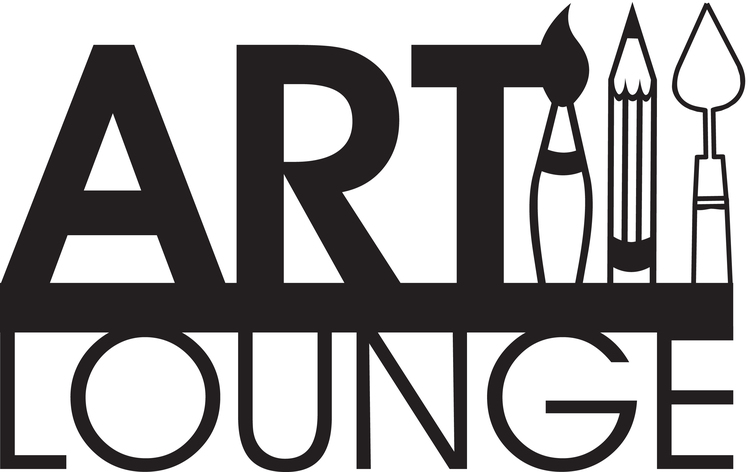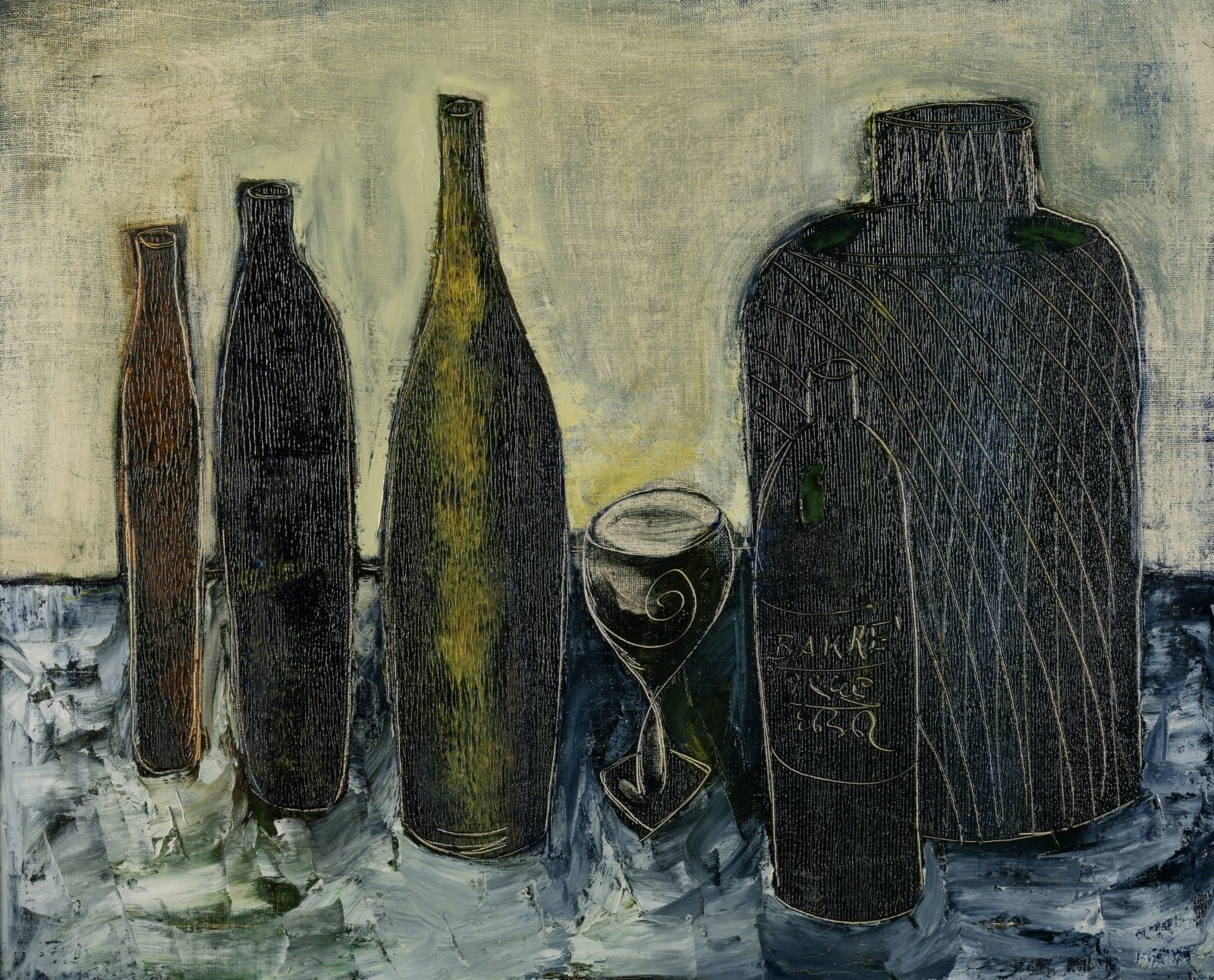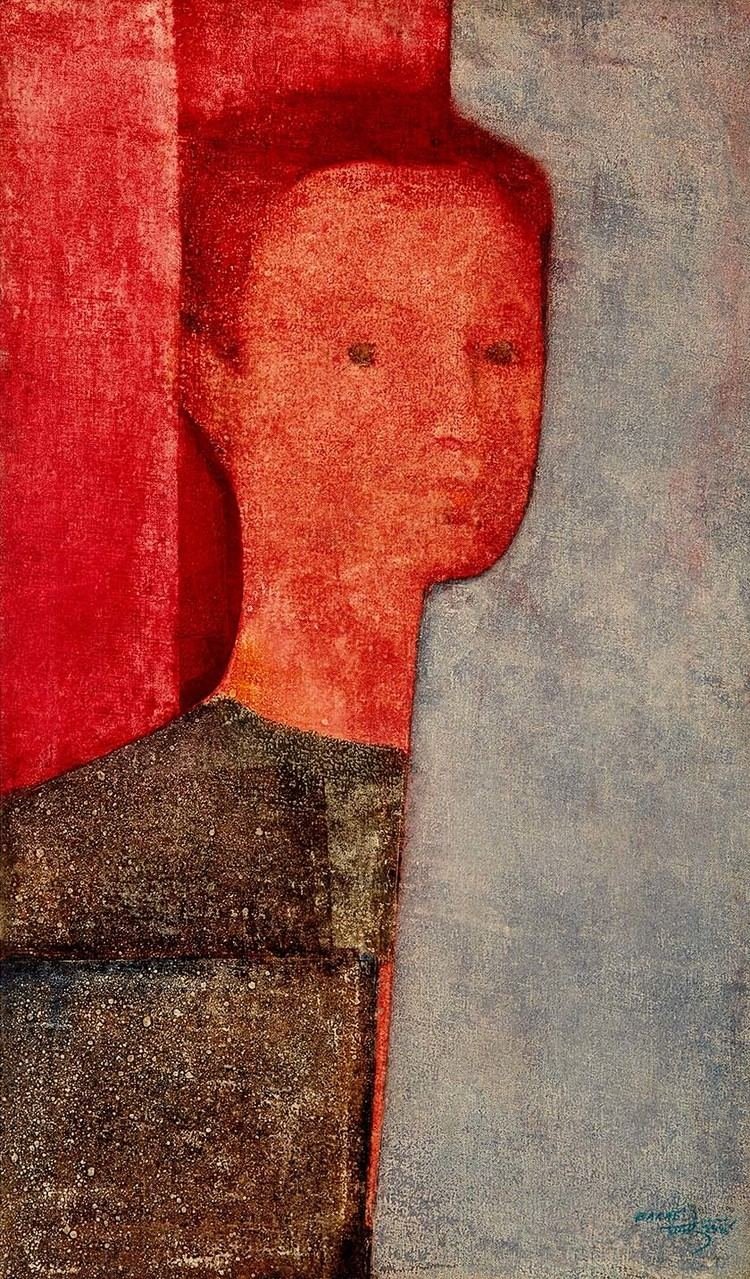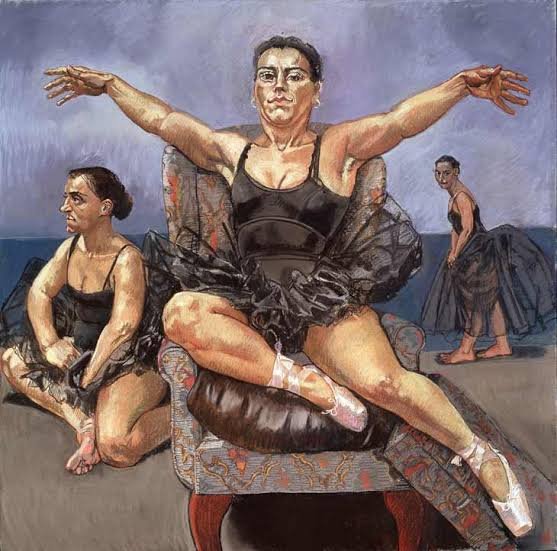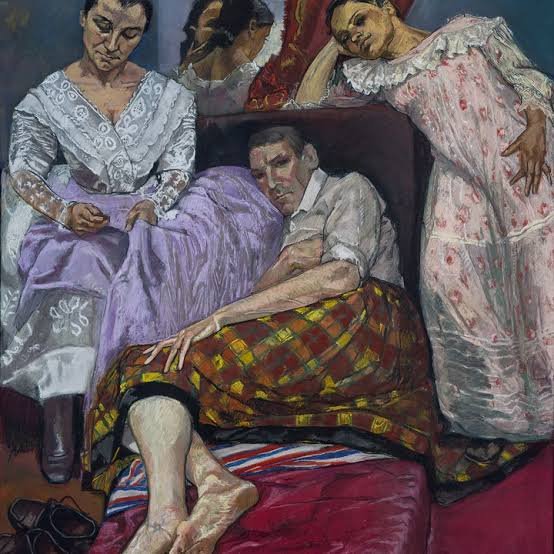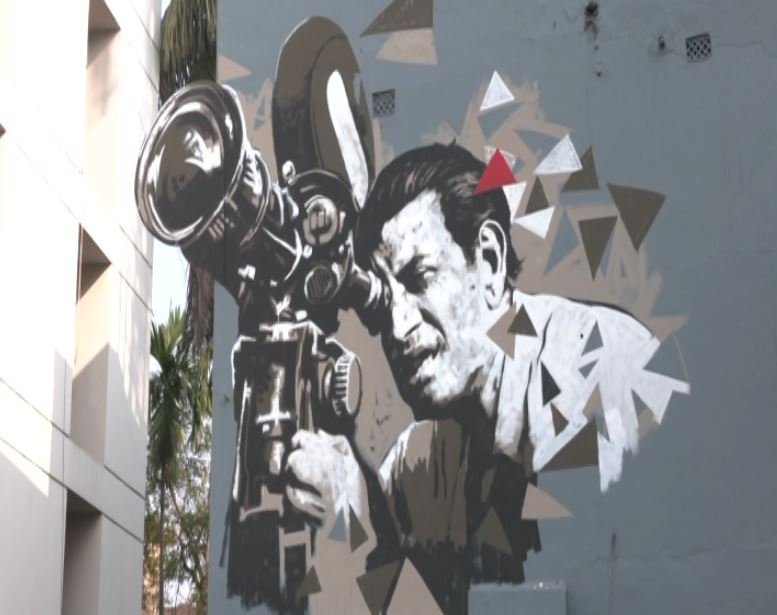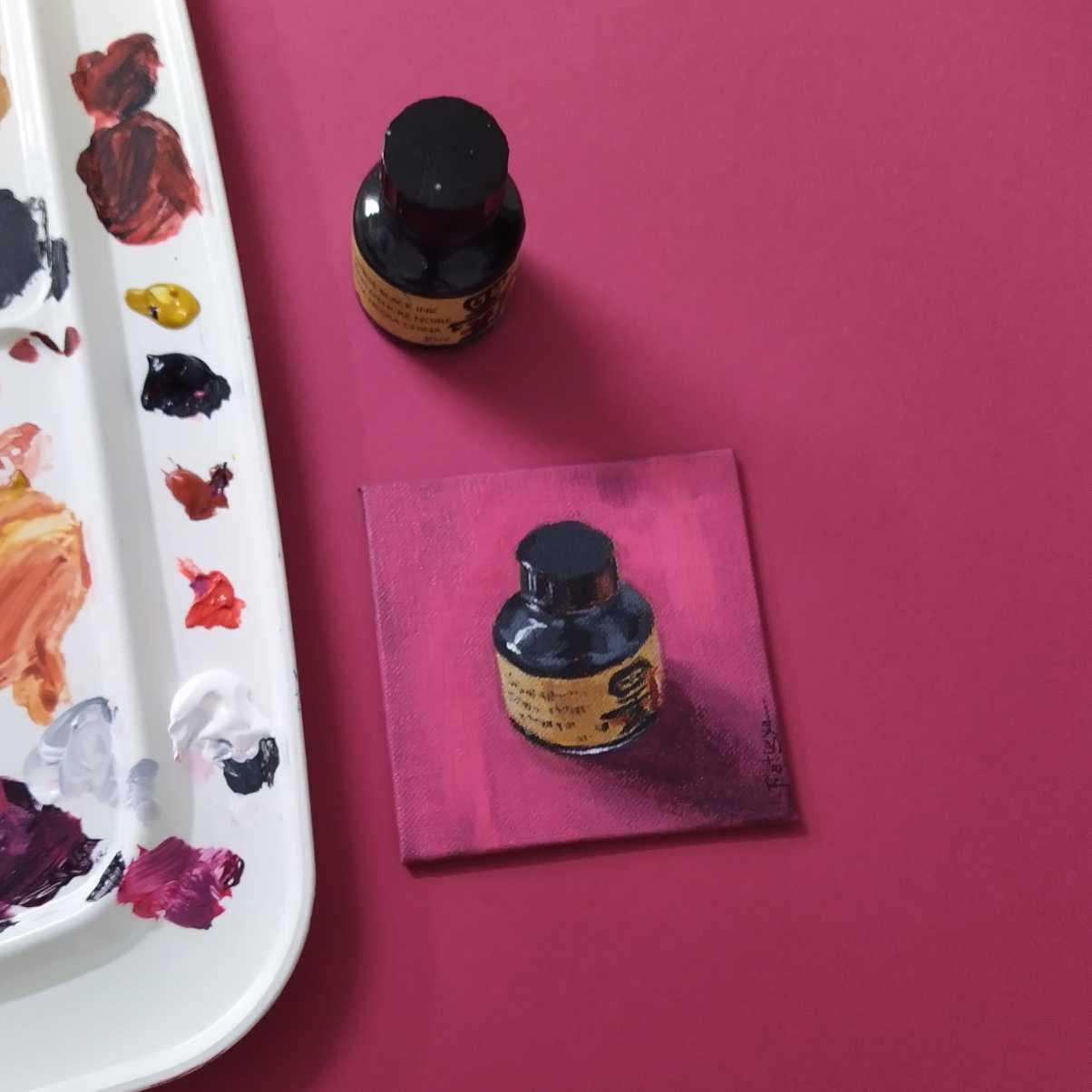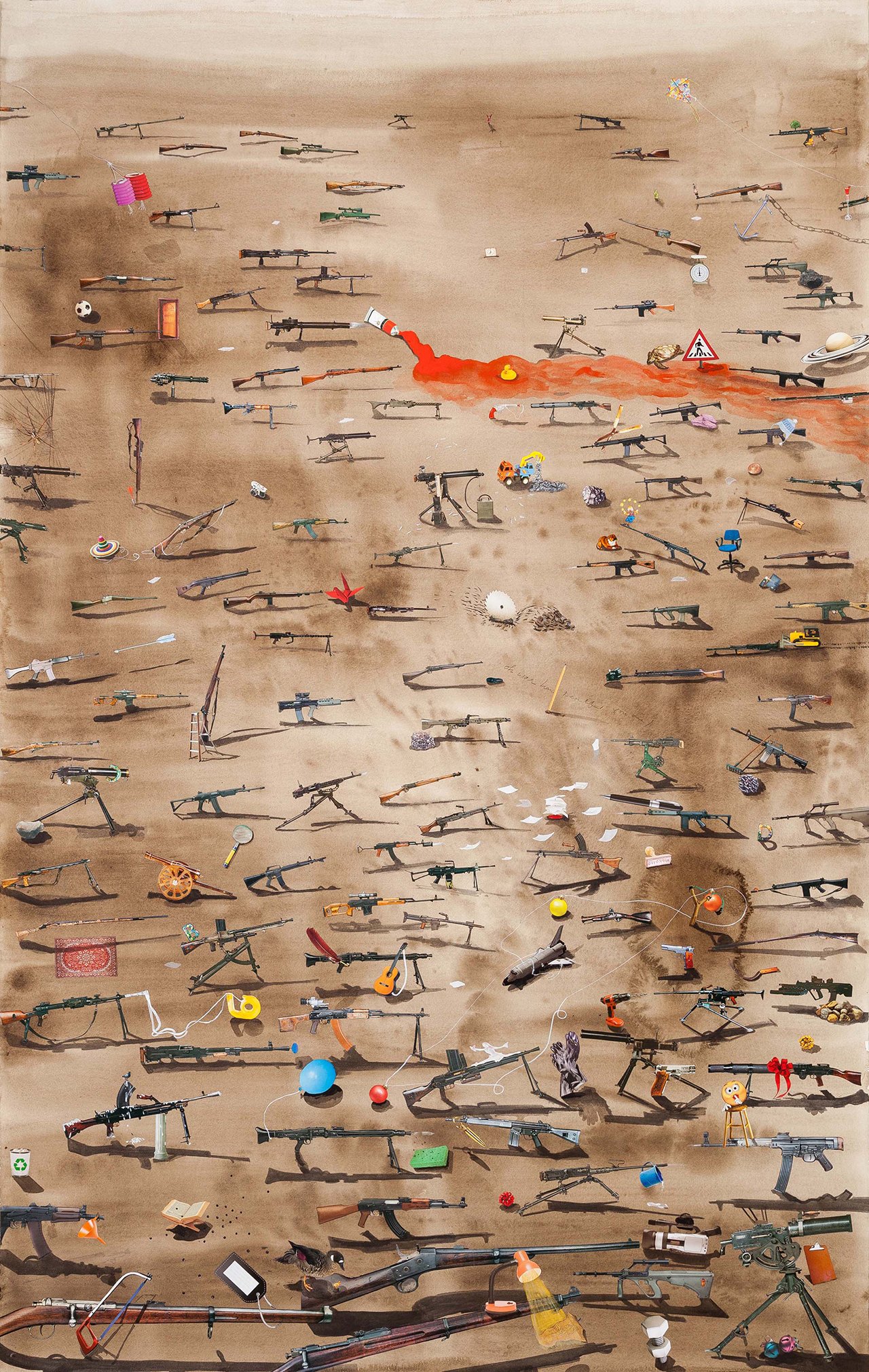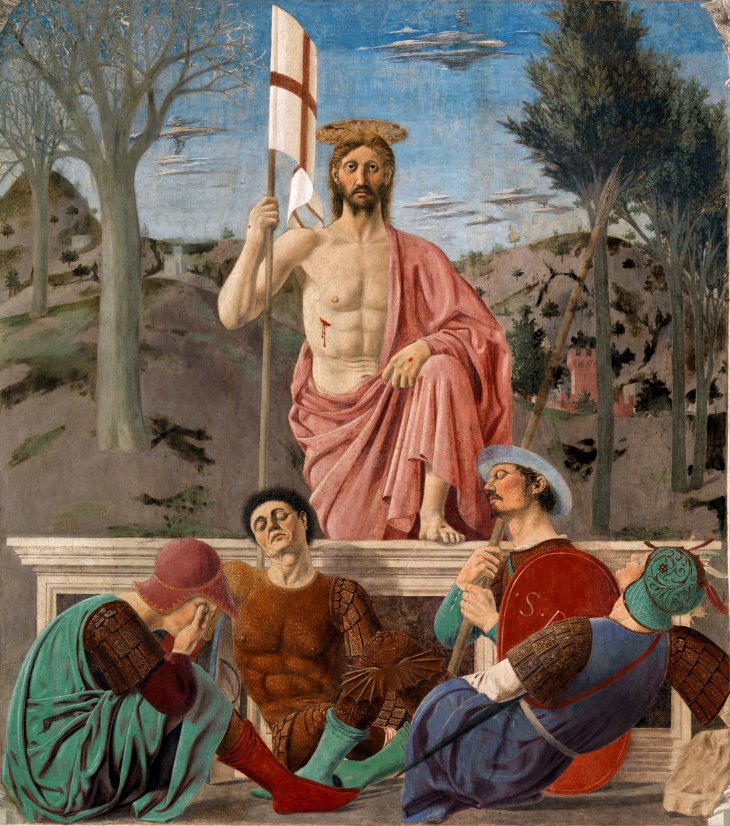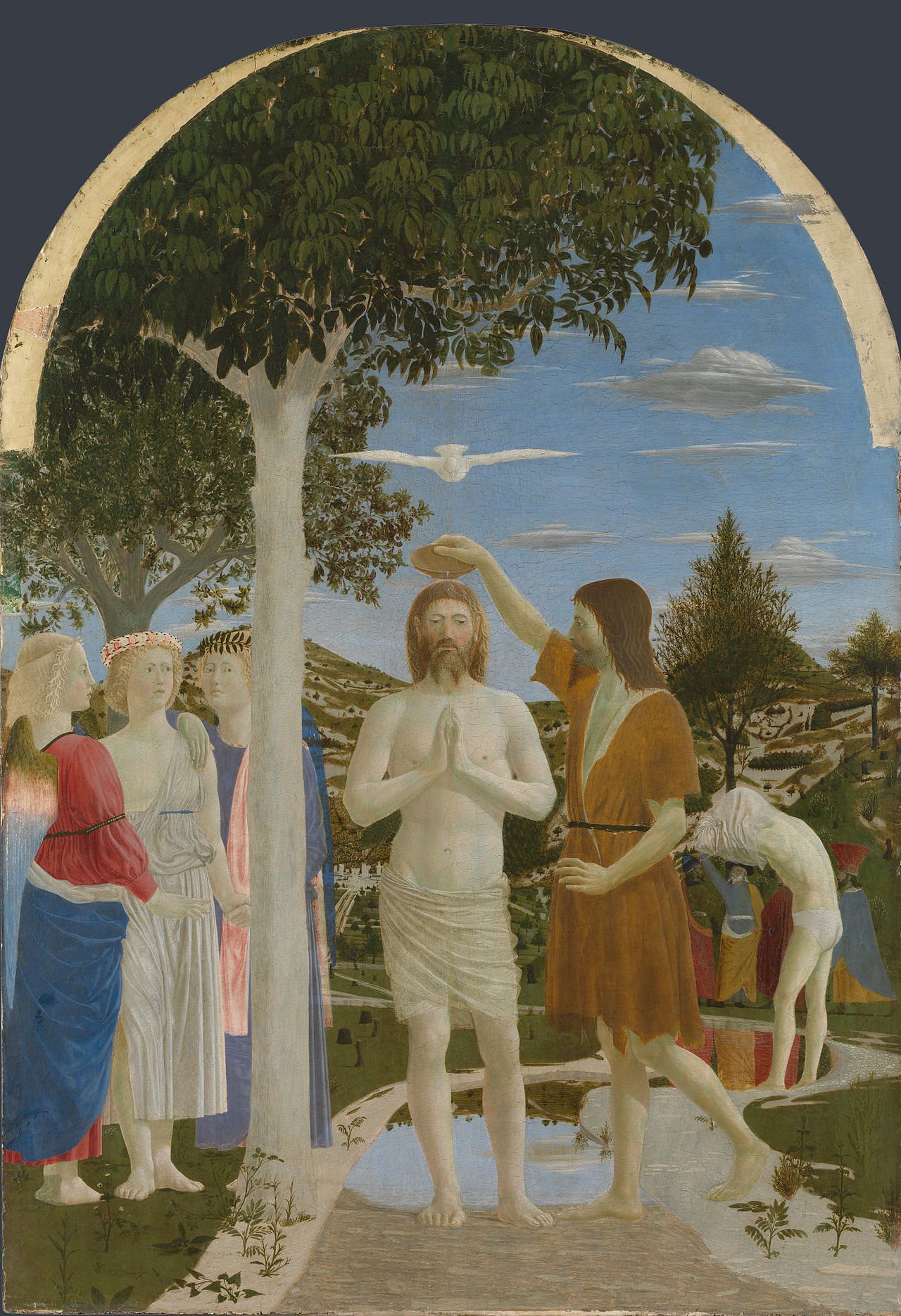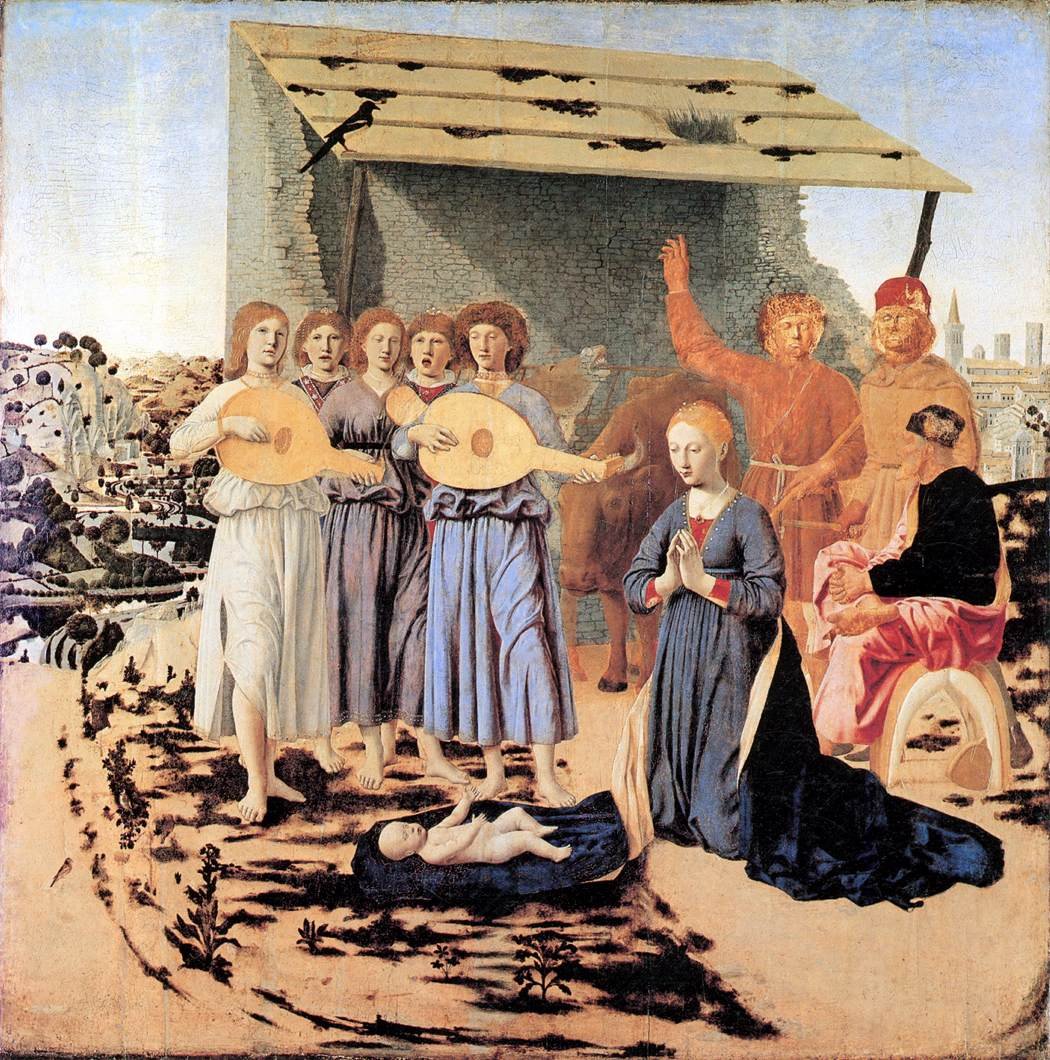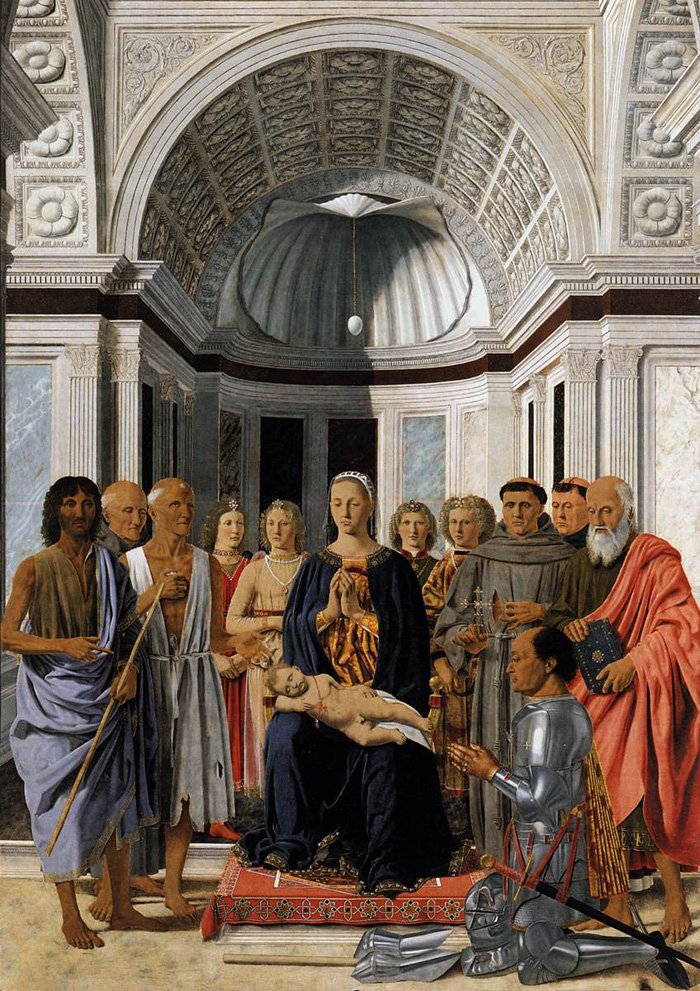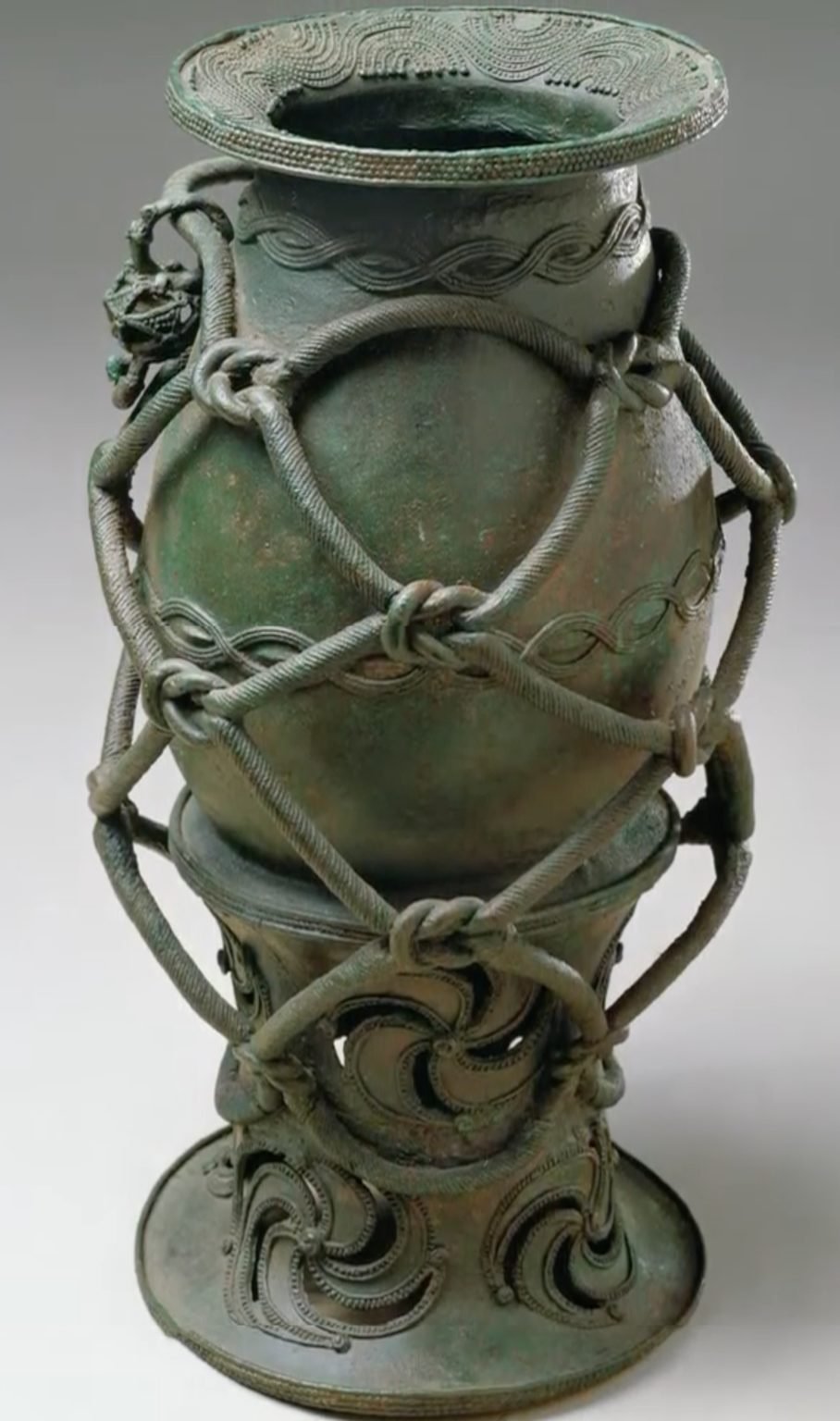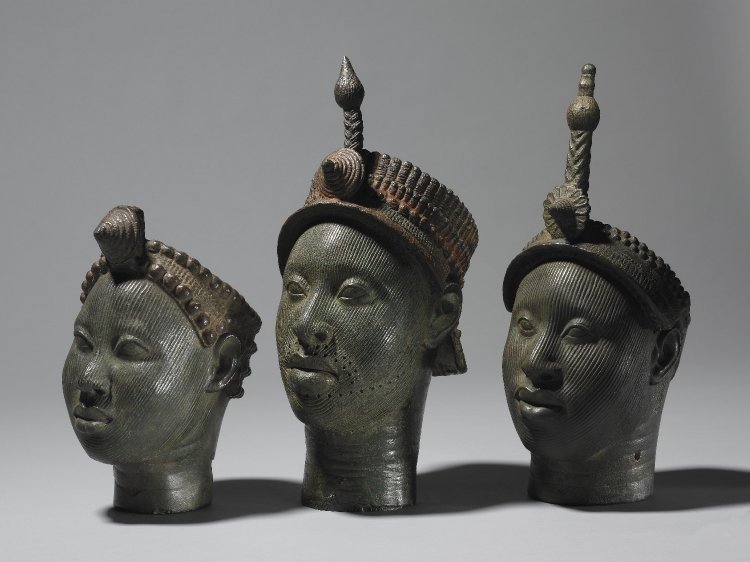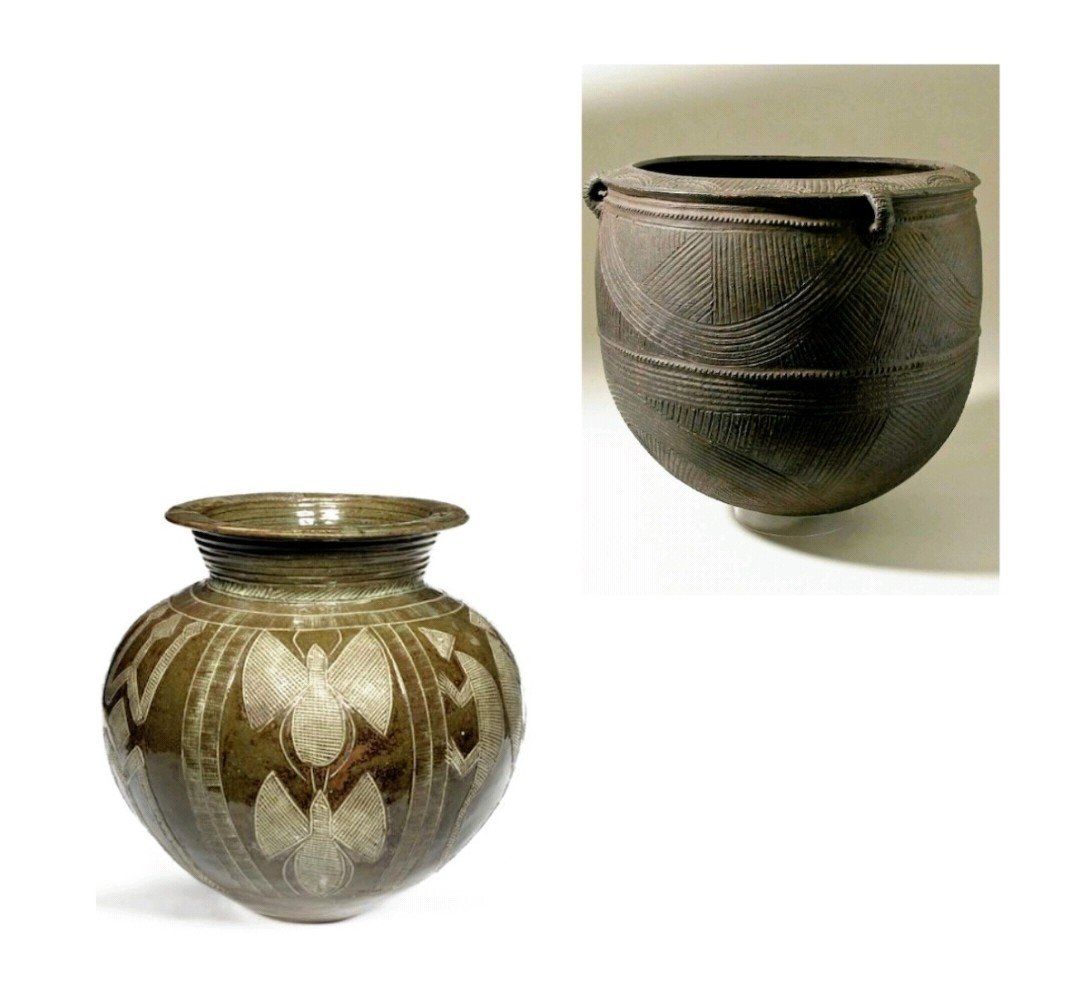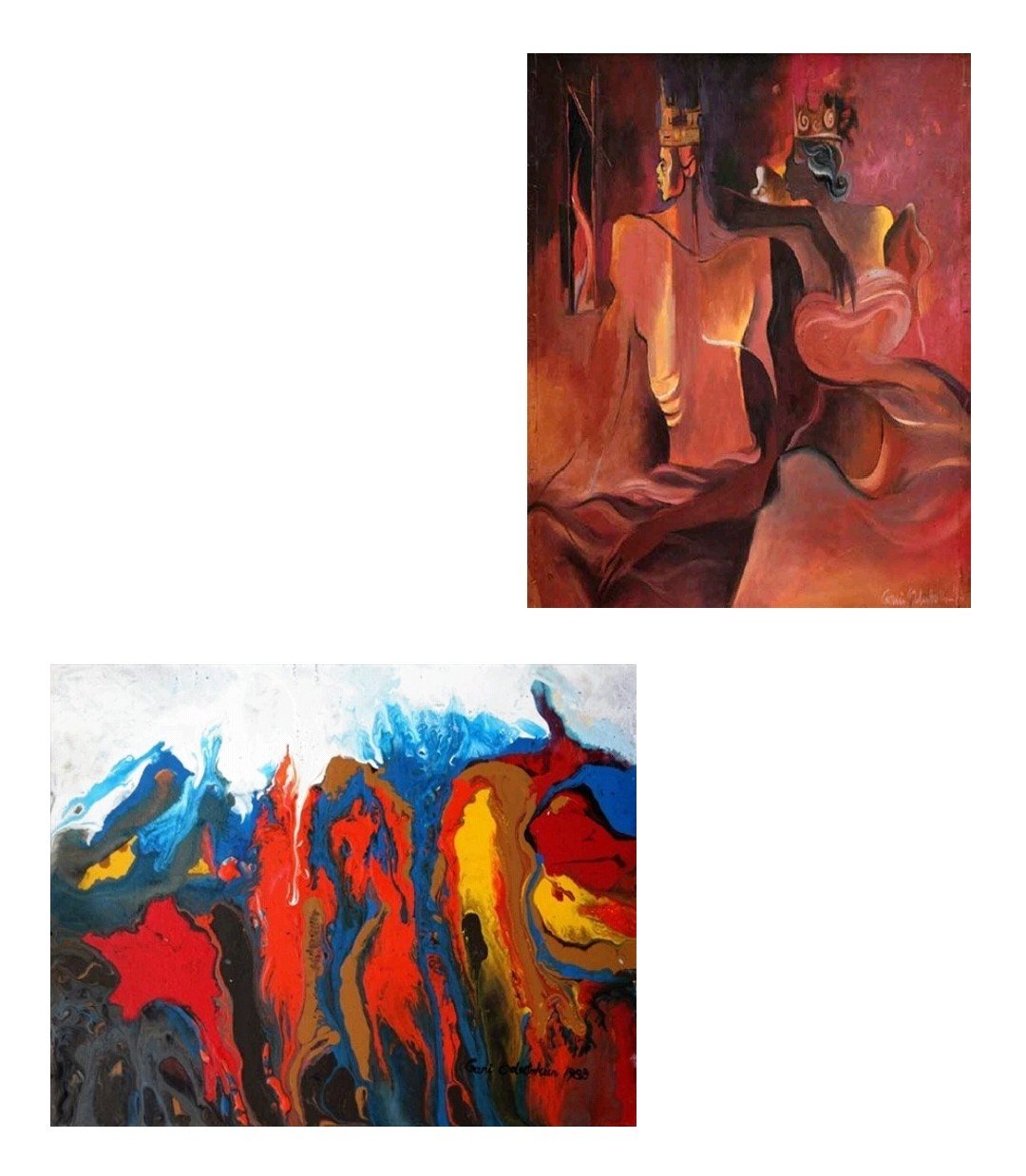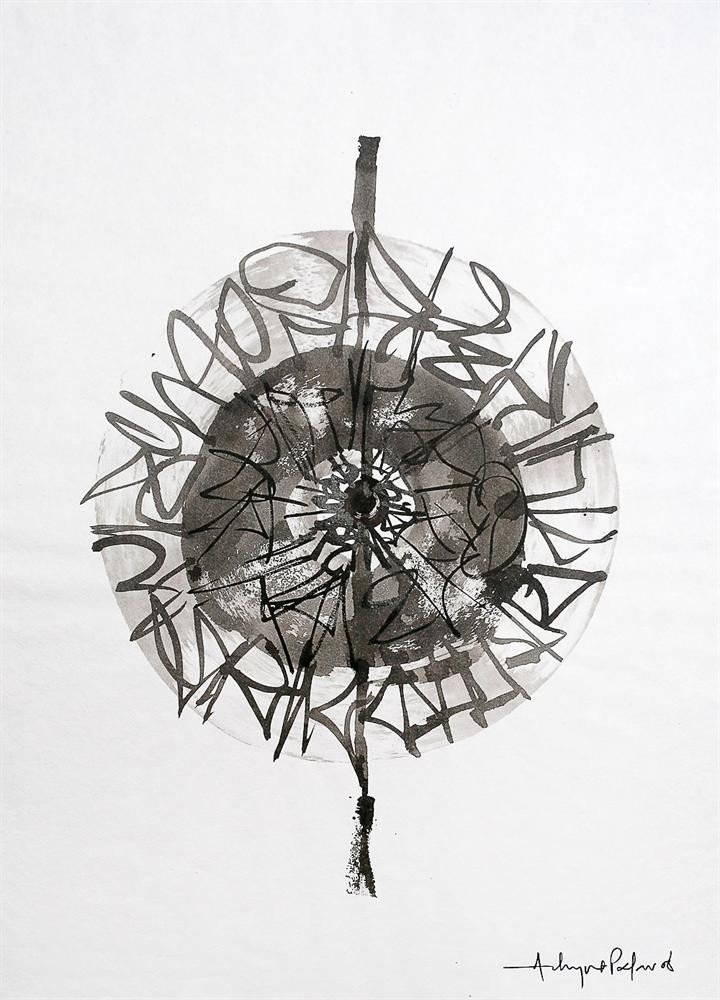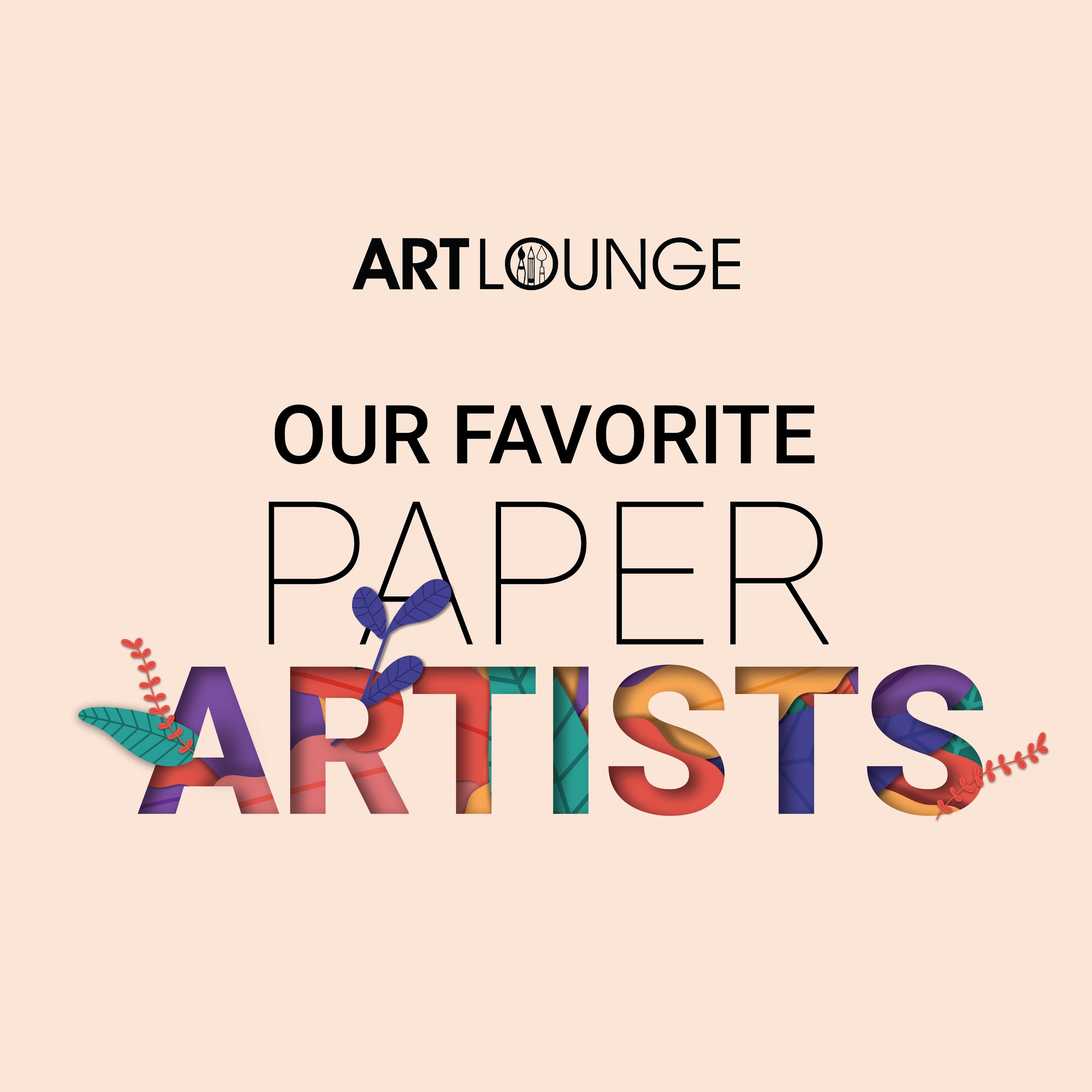Artist: Oscar-Claude Monet
In 'The Woman with a Parasol' painting Monet has painted his first wife Camille and elder son, Jean.
The entire composition has movement to it, the way Camille is standing in the wind and the way Monet painted the flowing ribbons here and there all add to the dynamism.
This painting needs to be viewed from afar and from close to feel the depth of Monet’s fleeting moment. Monet utilized darker shades of colors to give the impression of the shadows that come alive with colors, yet Monet still conveyed the contrast in light and dark.
The sky and clouds are painted in what appears to be predominantly white and blue, but if we look closer, we will see how Monet applied grays too to depict the interplay of light and shadow.
His use of wider and thicker brushstrokes gives the impression of more light.
Although Camille’s dress is white, we see various colors, which are indicative of the shadow falling on her.
Monet painted the scene from a lower point of view. Camille is looking down at Monet, and ultimately at the viewers, we are also met with the largely blue sky behind her.
Monet’s beautiful artistry and ability to capture a moment in time with a paintbrush, breathing life into his compositions with each brushstroke
What do you think of Monet’s masterpiece?
Do you feel the movement that Monet’s brushwork wanted us to feel? Share your thoughts in the comments!
